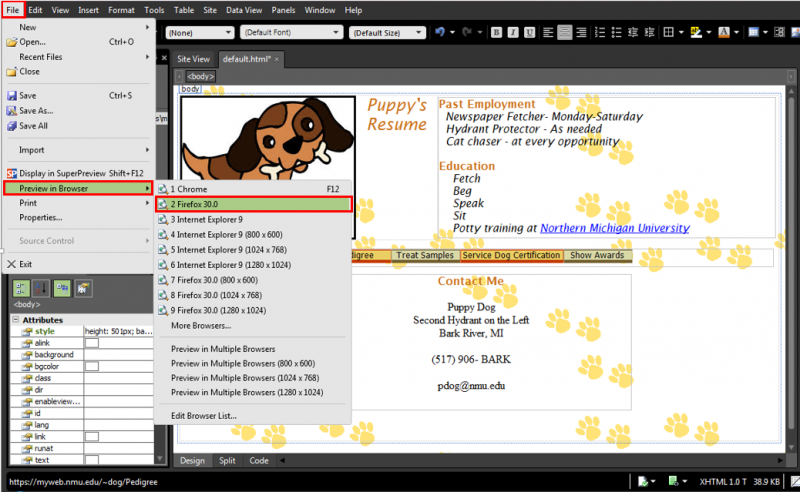Web Publishing: Background Information
Documentation
What is a Web site?
Before you can create and publish a Web site, it is helpful to learn what a Web site is and how the files in it relate to one another.
A "Web site" is a collection of files that are connected to each other by hyperlinks that allow you to jump from one page to another. These files are called HTML files, and each HTML file is a separate Web page. It is possible for a Web site to have only one HTML page, but most Web sites have several pages.
The images that appear on Web pages are separate files from the Web page (HTML) files themselves, but appear to viewers as part of the page.
Process overview of creating a Web site
There are three stages to creating a Web site:
- Creating the site files locally (on your computer).
The place where you create the files on your computer is often referred to as a "staging area." When the files are in the staging area on your computer, only you can see and change them.
- Copying the site files onto a Web server, such as myweb.nmu.edu or instruct.nmu.edu
Once the files are on the Web server, other people can see them. However, you are still the only person who can change them.
Putting the site files onto a Web server also backs them up, which means if anything happens to the copy on your computer you can restore it from the copy on the server.
- Revising your Web site by changing the files locally, then putting the changed files onto the Web server.


























